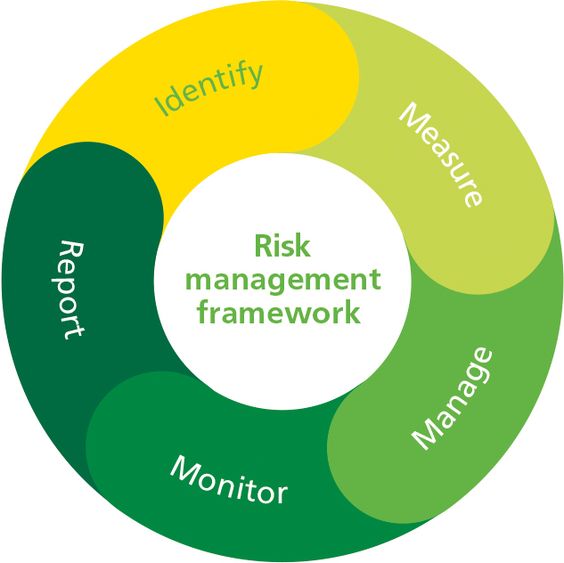Introduction to Risk Management
Risk management is the process of identifying, assessing, and controlling risks that could potentially affect an organization. It is an important part of any business, as it helps to ensure that the risks associated with a business are minimized and managed effectively. A risk management framework is a set of guidelines, processes, and tools that organizations use to manage their risks. It provides a structured approach to identifying, assessing, and managing risks, as well as monitoring and reporting on the results.
Benefits of Risk Management
The primary benefit of a risk management framework is that it helps organizations to identify and manage risks before they become a problem. It also helps organizations to develop strategies to reduce or eliminate risks, as well as to monitor and report on the performance of their risk management efforts. By implementing a risk management framework, organizations can reduce their exposure to risks and minimize their losses.
Components of a Risk Management Framework
A risk management framework typically consists of four components: identification, assessment, control, and monitoring.
• Identification: This component involves identifying the risks associated with an organization’s operations and activities.
• Assessment: This component involves assessing the potential impact of the identified risks and determining the likelihood of them occurring.
• Control: This component involves developing strategies to reduce or eliminate the identified risks.
• Monitoring: This component involves monitoring and reporting on the performance of the risk management strategies.
Types of Risk Management Frameworks
There are several types of risk management frameworks that organizations can use to manage their risks. These include:
• ISO 31000: This is an international standard that provides guidance on how to manage risk.
• COSO: This is a framework developed by the Committee of Sponsoring Organizations of the Treadway Commission to help organizations manage their risks.
• NIST: This is a framework developed by the National Institute of Standards and Technology to help organizations manage their risks.
• FAIR: This is a framework developed by the Open Group to help organizations manage their risks.
Risk Management Tools
In addition to the frameworks mentioned above, there are several risk management tools that organizations can use to manage their risks. These include risk assessment tools, risk management software, and risk management templates.
Implementing a Risk Management Framework
Implementing a risk management framework requires an organization to assess its current risk management practices and identify areas for improvement. Once the areas for improvement have been identified, the organization can then develop a plan to implement the risk management framework. This plan should include the steps needed to identify, assess, control, and monitor risks.
You might find these FREE courses useful
- Implementing a Risk Management Framework
- Cybersecurity Risk Management Framework Specialization
- Operational Risk Management: Frameworks
- Credit Risk Management: Frameworks and Strategies
Conclusion
Risk management is an important part of any business, as it helps to ensure that the risks associated with a business are minimized and managed effectively. A risk management framework is a set of guidelines, processes, and tools that organizations use to manage their risks. It provides a structured approach to identifying, assessing, controlling, and monitoring risks, as well as reporting on the performance of their risk management efforts. By implementing a risk management framework, organizations can reduce their exposure to risks and minimize their losses.





